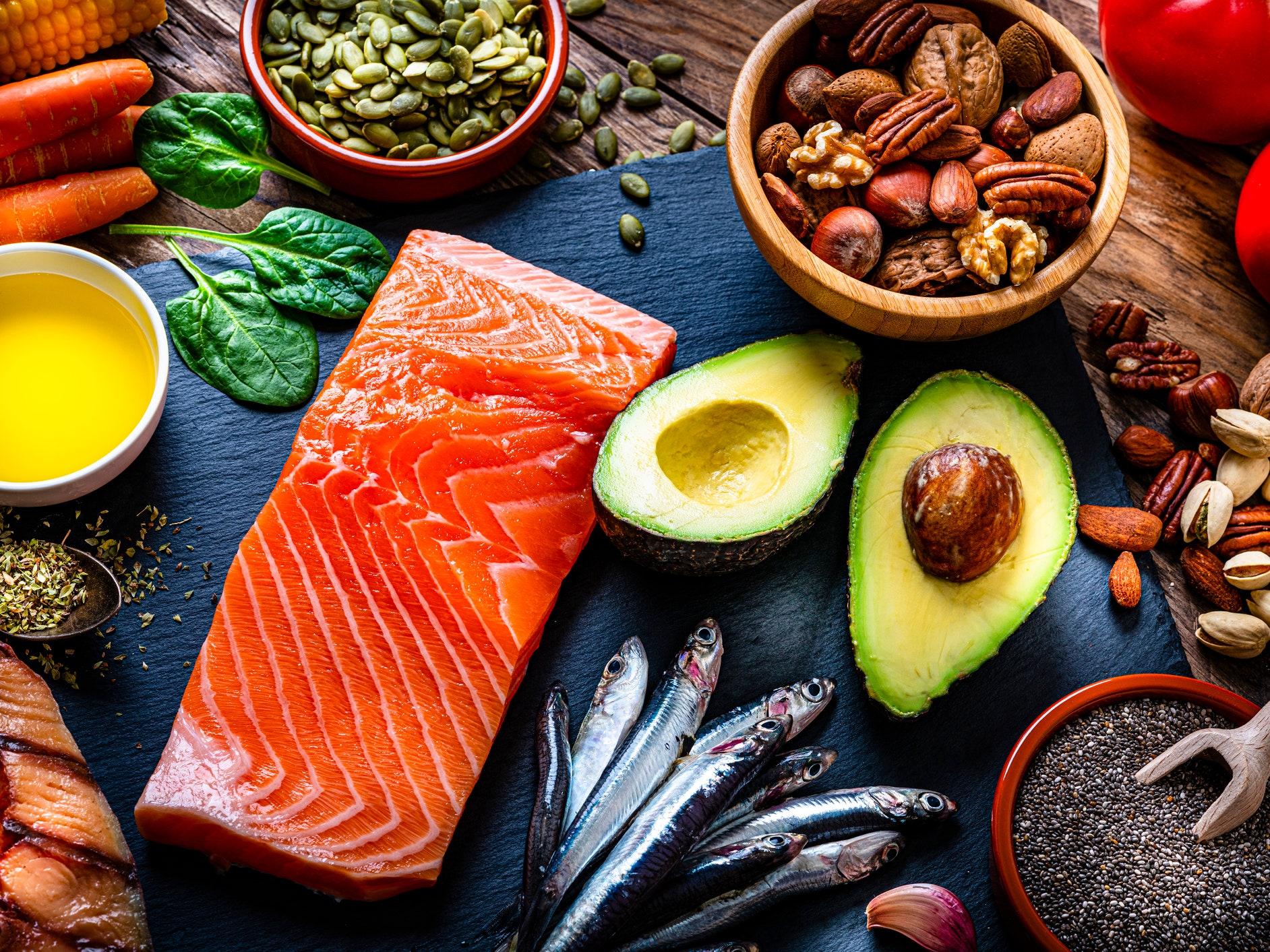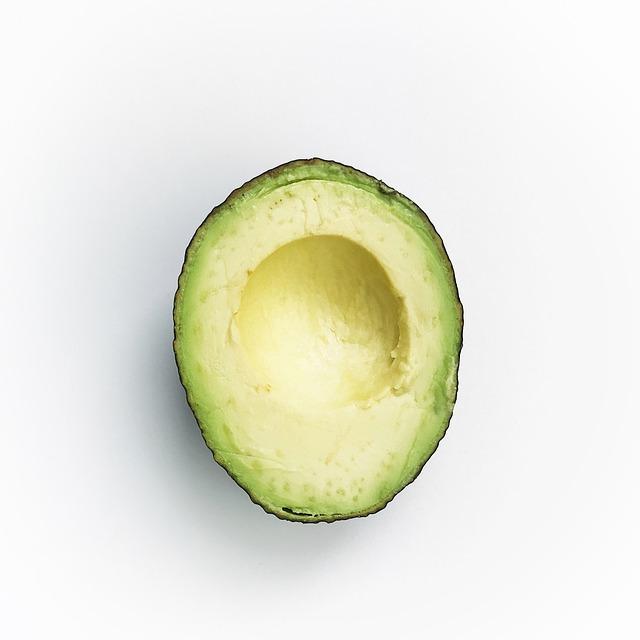In the culinary world, the concept of fat often evokes a sense of trepidation and confusion. Yet, nestled within the broad spectrum of dietary fats lies a category that is not only essential but also incredibly beneficial: healthy fats. These nutritional powerhouses are pivotal in supporting brain function, enhancing heart health, and even aiding in weight management. As we embark on a journey to unravel the mystery of incorporating these fats into our meals, we discover a landscape rich with vibrant flavors and textures that promise to transform the way we perceive and prepare our daily dishes. This article delves into the best practices for seamlessly weaving healthy fats into your culinary repertoire, ensuring that every bite is as nourishing as it is delicious. Join us as we explore the art of balancing taste and nutrition, turning every meal into an opportunity for well-being and enjoyment.
Exploring the World of Healthy Fats in Everyday Cooking
Incorporating healthy fats into your meals doesn’t have to be a daunting task. Instead, it can be a delightful culinary adventure that enriches both the flavor and nutritional profile of your dishes. Avocados are a versatile choice, perfect for adding a creamy texture to smoothies, salads, or even as a substitute for butter on toast. Nuts and seeds such as almonds, chia, and flaxseed can be sprinkled over yogurt or blended into your favorite dressings for an extra crunch and a boost of omega-3s. When it comes to cooking oils, opt for extra virgin olive oil or coconut oil for sautéing and roasting, each bringing its unique flavor and health benefits to the table.
- Dress up salads with a homemade vinaigrette using olive oil and lemon juice.
- Top oatmeal with a spoonful of nut butter for a hearty, healthy breakfast.
- Bake with almond flour to incorporate healthy fats into your baked goods.
- Snack smart by choosing dark chocolate with a high cocoa content, rich in healthy fats.
Experimenting with these healthy fats can lead to delightful discoveries in your kitchen, ensuring your meals are not only nutritious but also irresistibly delicious.

Balancing Flavor and Nutrition with Smart Fat Choices
Incorporating healthy fats into your meals doesn’t mean sacrificing flavor. In fact, with the right choices, you can enhance your dishes while boosting their nutritional profile. Here are some smart ways to do so:
- Opt for Olive Oil: Use extra virgin olive oil for sautéing vegetables or as a base for salad dressings. Its rich, fruity flavor pairs well with a variety of dishes.
- Avocado Power: Add slices of creamy avocado to sandwiches or blend it into smoothies for a dose of heart-healthy monounsaturated fats.
- Nuts and Seeds: Sprinkle a handful of almonds, walnuts, or chia seeds over yogurt or oatmeal to add crunch and nutrition.
- Fatty Fish Focus: Include salmon, mackerel, or sardines in your weekly menu. These fish are excellent sources of omega-3 fatty acids, known for supporting heart health.
By making these mindful choices, you can enjoy a well-balanced meal that’s as nourishing as it is delicious. Remember, moderation is key, so aim to incorporate a variety of these fats throughout your week.

Crafting Delicious Meals with Heart-Healthy Oils
Transform your everyday cooking into a nourishing experience by embracing the benefits of heart-healthy oils. These oils not only enhance the flavors of your dishes but also support cardiovascular wellness. Here are some best practices to seamlessly incorporate these oils into your meals:
- Choose the Right Oil: Opt for oils rich in monounsaturated and polyunsaturated fats such as olive oil, avocado oil, and canola oil. These oils are known for their ability to reduce bad cholesterol levels and improve heart health.
- Mind the Smoke Point: Each oil has a different smoke point, which is the temperature at which it begins to break down and lose its nutritional value. Use high smoke point oils like grapeseed or sunflower oil for frying and lower smoke point oils like flaxseed or extra virgin olive oil for drizzling over salads.
- Experiment with Flavors: Infuse your oils with herbs or spices to add a unique twist to your dishes. A rosemary-infused olive oil can elevate a simple roasted vegetable dish, while garlic-infused oil adds depth to pasta sauces.
By incorporating these practices, you can enjoy the full spectrum of flavors and health benefits that heart-healthy oils bring to your table.

Incorporating Avocado and Nuts for a Nutrient Boost
Avocado and nuts are two powerhouse ingredients that can effortlessly elevate your meals with their rich nutrient profiles. Avocados are a creamy delight, packed with heart-healthy monounsaturated fats, fiber, and a plethora of vitamins and minerals like potassium and vitamin E. They can be easily added to a variety of dishes, enhancing both flavor and nutritional value. Consider these simple ideas:
- Blend them into smoothies for a silky texture.
- Mash them on whole-grain toast for a satisfying breakfast.
- Dice them into salads to add a creamy contrast to crunchy greens.
Nuts, on the other hand, offer a crunchy bite along with a dose of omega-3 fatty acids, protein, and antioxidants. They are a versatile ingredient that can be seamlessly incorporated into meals. Try these methods:
- Sprinkle chopped nuts over oatmeal or yogurt for a nutritious breakfast.
- Use them as a crust for baked fish or chicken to add texture and flavor.
- Add them to stir-fries or grain bowls for an extra layer of complexity.
By creatively incorporating avocados and nuts into your daily meals, you can enjoy the benefits of healthy fats while delighting your taste buds.
In Retrospect
As we conclude our exploration of the best practices for incorporating healthy fats into your meals, it’s clear that embracing these nourishing elements can transform not only your plate but your well-being. By weaving in the richness of avocados, the vibrant notes of olive oil, and the satisfying crunch of nuts and seeds, you invite a symphony of flavors and health benefits to your dining experience. Remember, the journey to a balanced diet is a marathon, not a sprint—so start small, experiment with different ingredients, and listen to your body’s needs. As you embark on this culinary adventure, may your kitchen become a canvas for vibrant health, where every meal is a masterpiece of mindful choices and delicious discoveries. Here’s to savoring each bite and nourishing your body with the wholesome power of healthy fats.

